K2/Spice Addiction: Symptoms, Detox, and Treatment
GET HELP TODAY!
100% Confidentiality Guaranteed
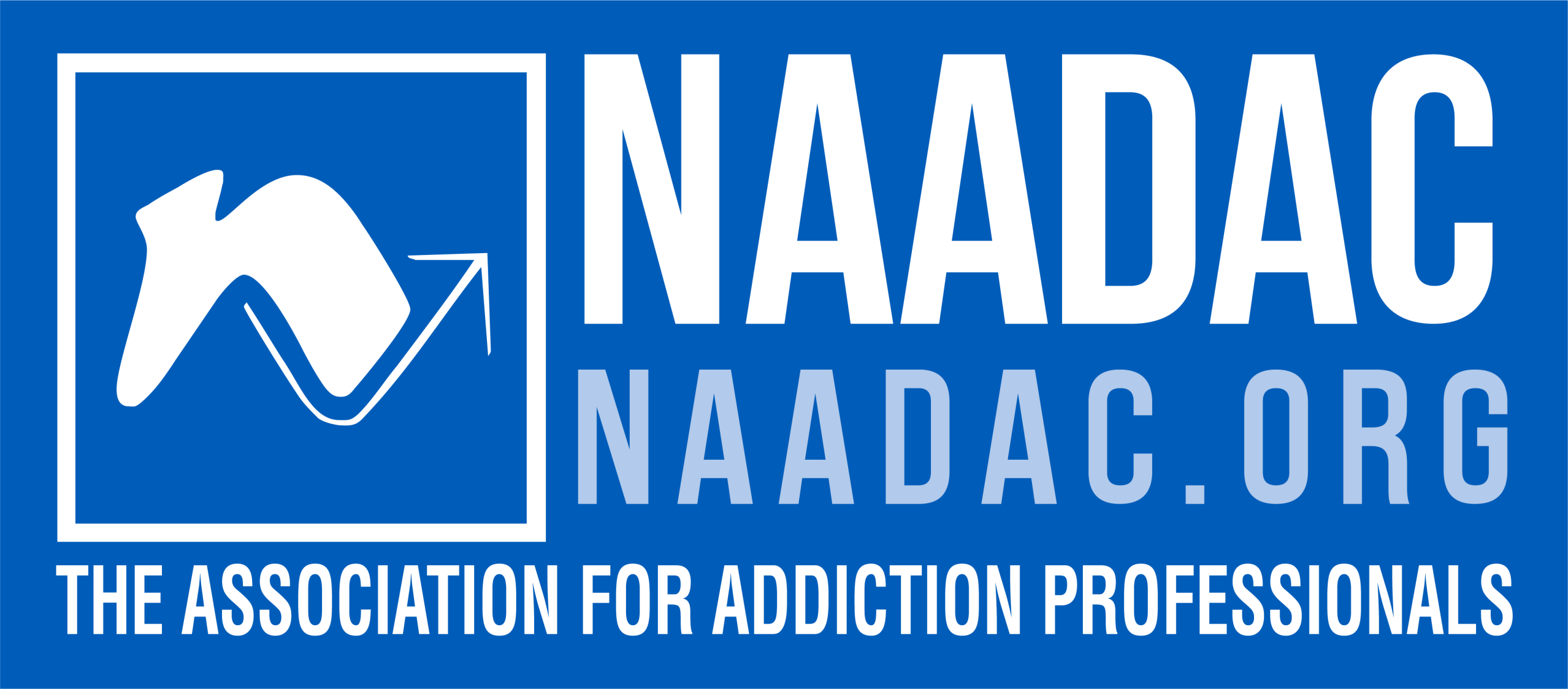
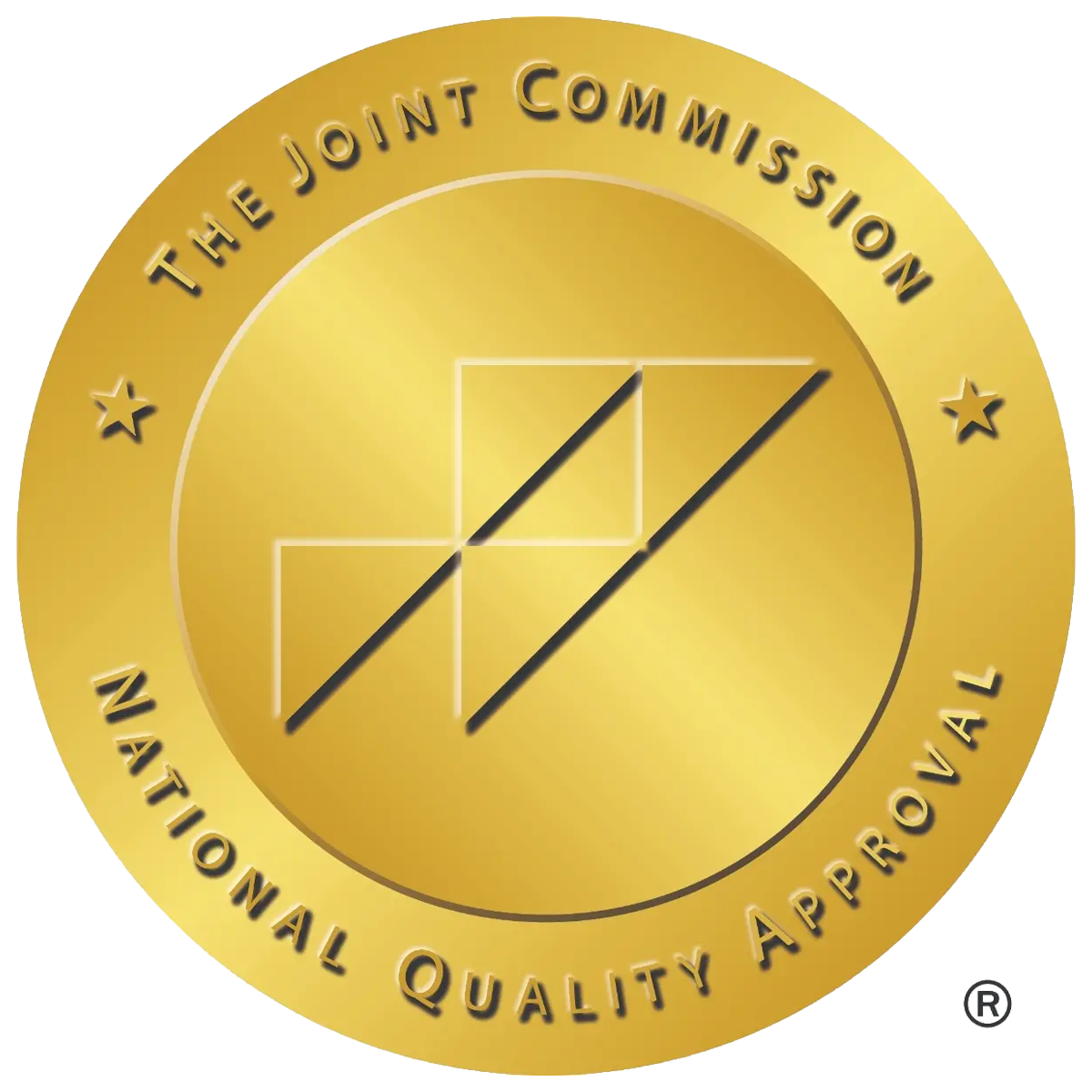
What Is K2/Spice?
K2 and Spice are synthetic drugs designed to mimic the effects of THC, the active ingredient in marijuana. These substances consist of dried plant material sprayed with synthetic cannabinoids. Despite being marketed as safe or legal, they are far from it. The National Institute on Drug Abuse (NIDA) warns that these products can produce severe and even life-threatening effects.
While often sold as incense or potpourri, they are labeled “Not for Human Consumption” to avoid regulation. These substances are typically smoked or vaped and may also be brewed into tea. These products contain synthetic drugs created in labs, not natural cannabis.
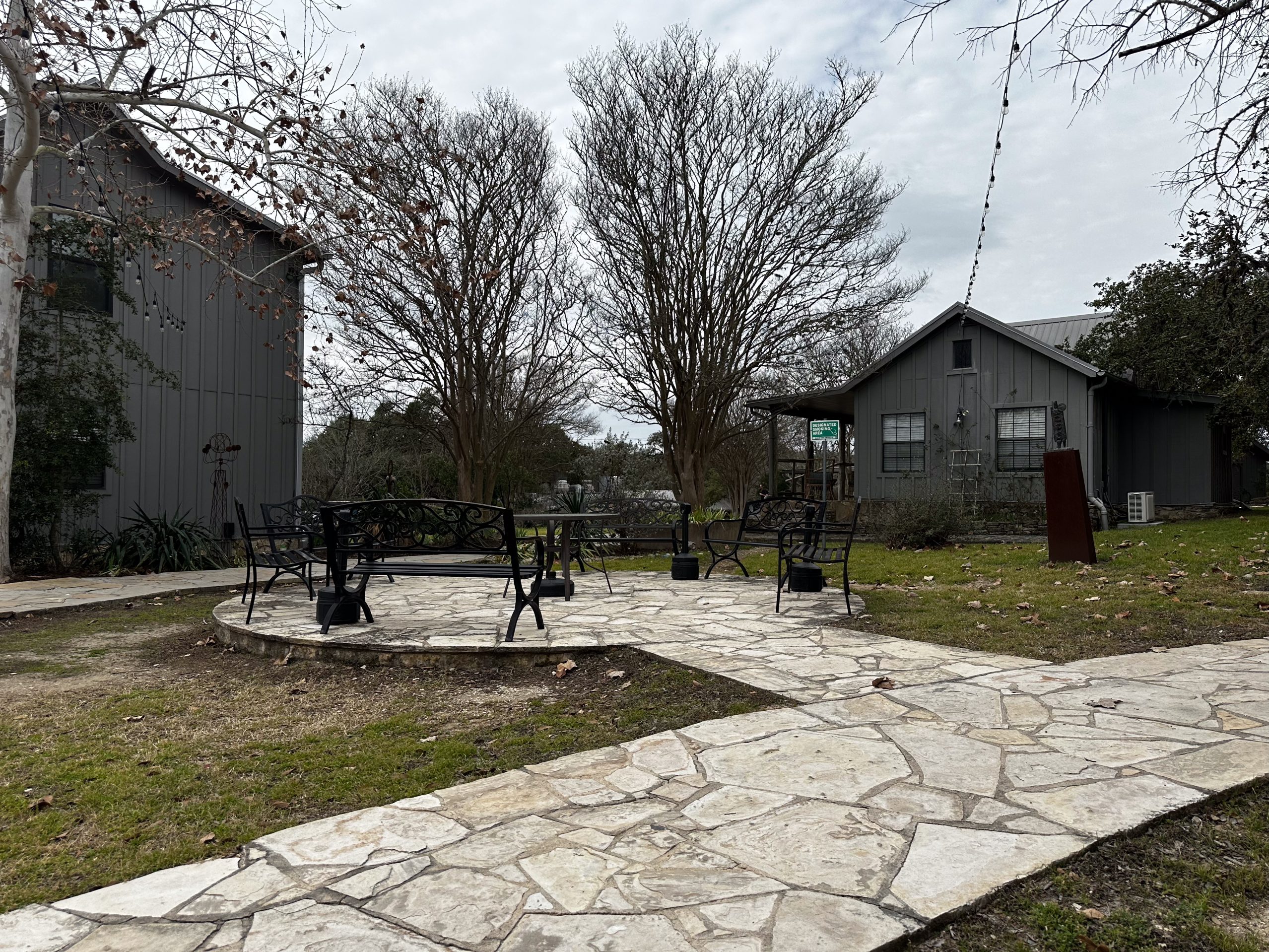

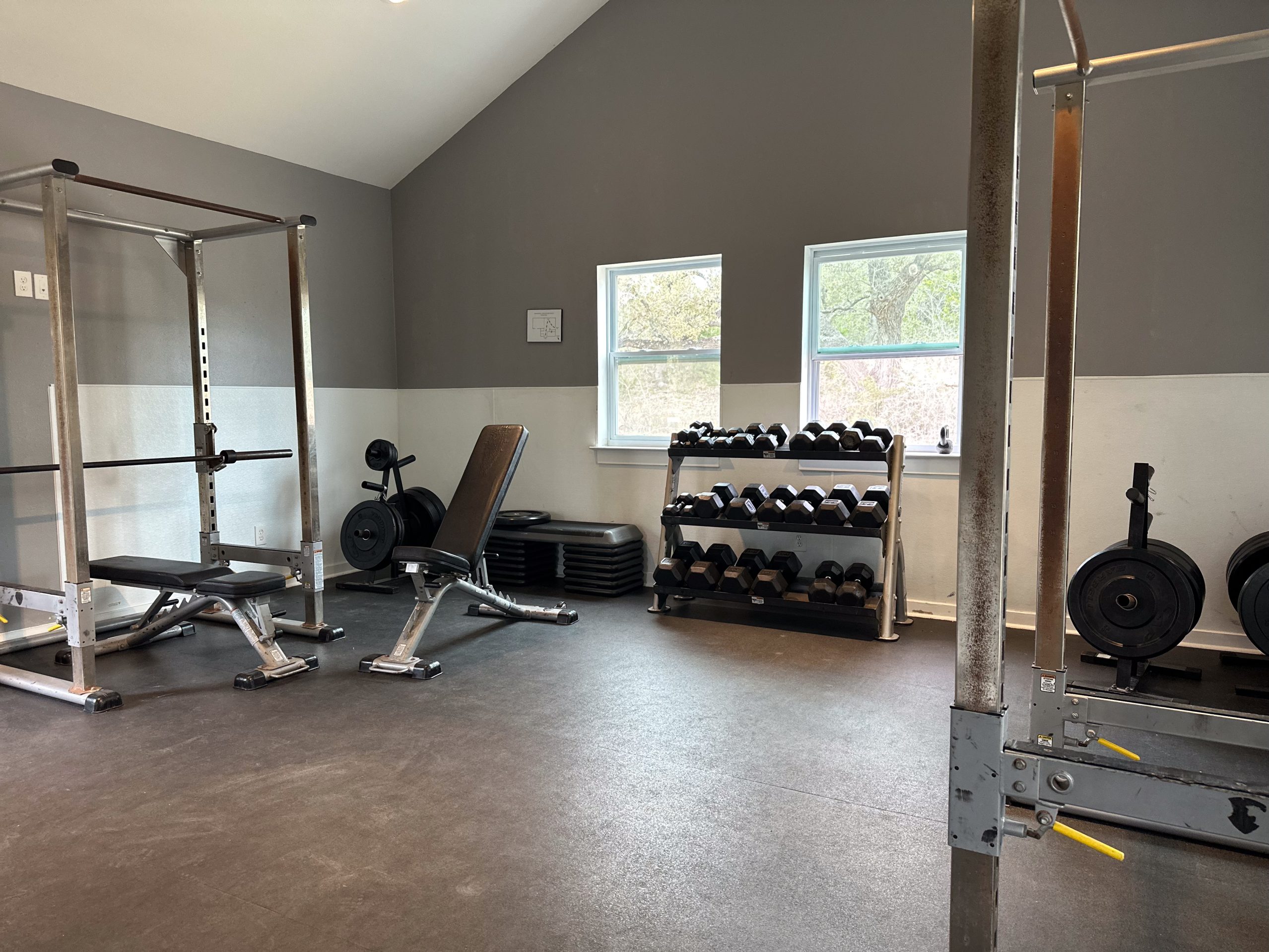



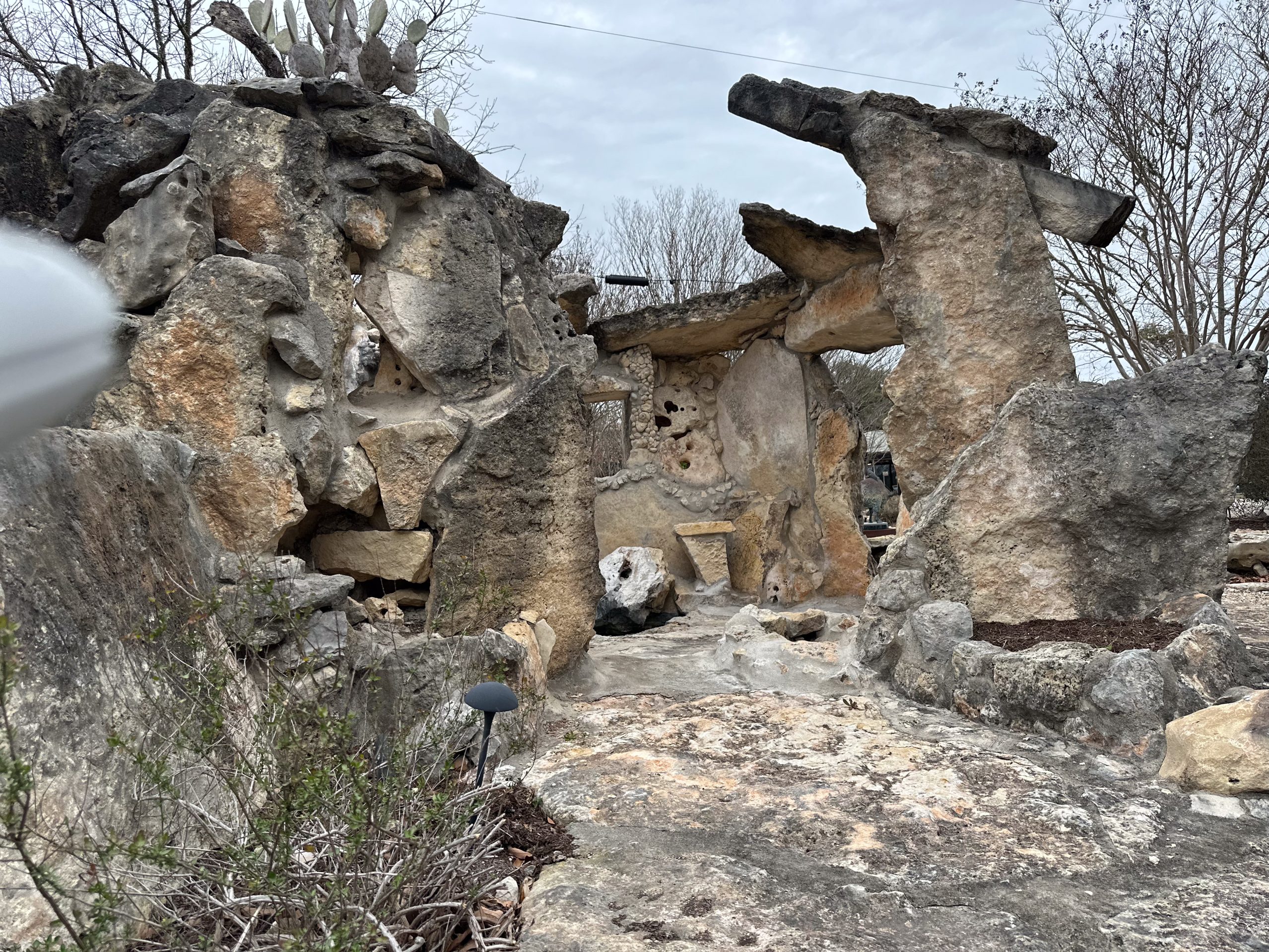

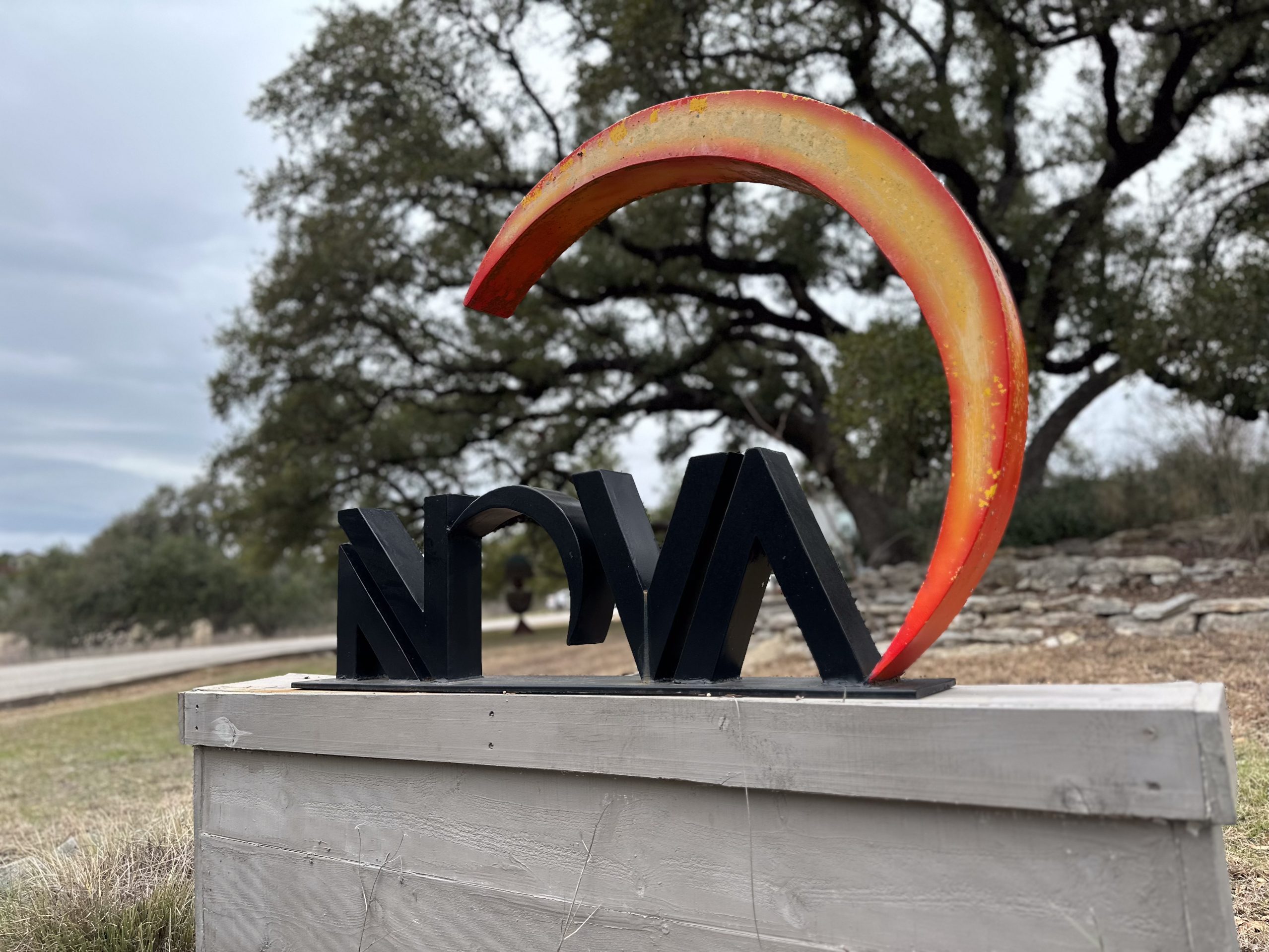

Is K2/Spice Addictive?
Yes, K2 and Spice are both physically and mentally addictive. Unlike natural marijuana, these synthetic products can create powerful dependence. Their mind-altering chemicals cause drug abusers to develop tolerance quickly. This leads to using higher doses, which increases the risk of harmful side effects.
Despite being sold legally in the past, many forms of synthetic marijuana are now considered illegal drugs. The National Institute has determined these products have no medical value and a high risk for abuse. They are classified as a controlled substance in the U.S.
Where Is It Found?
K2 and Spice were once sold in gas stations and head shops. Now, due to their status as a controlled substance, they are often sold on the black market. Illicit drugs like these change frequently to bypass legal bans, making them more dangerous.
Slang terms include:
- Black Mamba
- Kronic
- Kush
- Scooby Snax
- Bliss
These products often appeal to people seeking alternatives to prescription drug use or those who believe they are legal highs.
Who Uses It?
Synthetic marijuana appeals to young people because it’s cheap, easy to find, and hard to detect on drug tests. A national survey on drug use showed that many teens falsely believe it is safe.
In 2010, more than 11,000 emergency room visits in the United States were linked to synthetic marijuana. Most involved people aged 12 to 29, and most of them were male. Public health officials warn about the widespread accessibility of these substances.
K2 Side Effects
The effects of K2 and Spice vary greatly. The chemical compounds used in these products are unpredictable. Some bind more strongly to cannabinoid receptors in the brain than THC does. This can lead to more intense and unexpected reactions.
Short-term effects include:
- Elevated blood pressure
- Increased heart rate
- Confusion
- Hallucinations
- Vomiting
- Aggression
- Anxiety
- Suicidal thoughts
Long term effects may include:
- Heart attacks
- Kidney damage
- Respiratory issues
- Seizures
- Memory loss
- Mood disorders
These risks are serious. According to the National Institute on Drug Abuse, even a single use may cause permanent damage. Psychoactive effects can develop rapidly, and side effects vary depending on the dose and formulation.
Signs of Spice Addiction
Many users don’t realize how addictive synthetic marijuana can be. Behavioral signs and symptoms include:
- Cravings
- Using more than intended
- Withdrawal symptoms
- Failed attempts to quit
- Continued use despite negative effects
People with existing mental health conditions or a family history of drug use face a higher risk of addiction. Addiction often begins with regular use and builds as the brain becomes dependent.
Spice addiction treatment is needed when a person cannot function without the drug or shows signs of dependence.
Spice Withdrawal Symptoms
When someone stops using K2 or Spice, they may experience strong effects of withdrawal. These include:
- Headaches
- Depression
- Irritability
- Sweating
- Nausea
- Insomnia
- Intense cravings
Withdrawal is not just uncomfortable; it can be dangerous. This is why detox should always occur under medical supervision. The effects of withdrawal can escalate quickly without support.
Spice Withdrawal Timeline
The spice withdrawal timeline varies based on the type of drugs used, how often the person used them, and any co-occurring medical conditions. Symptoms can begin within 15 minutes to three days after the last dose. Some effects can last over a week.
Synthetic marijuana withdrawal must be monitored in a treatment setting. Medical professionals track the progress and offer appropriate care.
More Time. More Joy. More You. Start Now.
WE ACCEPT MOST INSURANCES







Detox and Medical Support
Detox is the first step in treating synthetic marijuana addiction. Medical professionals provide support to ease withdrawal symptoms and address complications. Detoxing in a treatment facility offers a safe place to stabilize and begin recovery.
Behavioral therapies help people manage cravings and learn healthy habits. Treatment often includes:
- Individual therapy
- Group therapy
- Cognitive behavioral therapy (CBT)
- Life skills training
These therapies also help with co-occurring issues such as opioid use disorder or anxiety. The effects include improved emotional regulation and reduced drug-seeking behavior.
Rehab and Long-Term Treatment
After detox, many individuals move into an inpatient drug rehab or outpatient program. Rehab centers use evidence-based methods and a structured environment to promote healing.
According to the National Institute on Drug Abuse, longer treatment leads to better outcomes. Programs lasting 90 days or more often lead to lasting recovery.
Rehab services include:
- Support groups
- Family counseling
- Medication management
- Relapse prevention planning
Patients develop a custom treatment plan tailored to their health conditions and recovery goals. These plans often address multiple medical conditions or mental disorders.
Continued Care Options
Sober Living
After rehab, many people join a sober living program. These homes support recovery by providing a structured, drug-free space. Residents learn responsibility and build community support. They also reduce exposure to triggers linked to synthetic marijuana use.
Sober living often includes rules like:
- Paying rent
- Attending support meetings
- Preparing meals
- Following curfews
Living spaces provide stability as clients work toward long-term goals.
Aftercare Programs
Once formal treatment ends, aftercare helps people stay sober. These programs offer weekly check-ins, peer support, and access to counseling. Continuing care helps people stay accountable and navigate challenges.
Aftercare also addresses lingering mental health issues and helps prevent relapse.
Intensive Outpatient Programs
Some individuals benefit from an intensive outpatient program (IOP). This type of care combines flexibility with structure. Clients attend therapy sessions multiple times per week while living at home or in sober housing.
IOPs offer:
- Group and individual therapy
- Relapse prevention tools
- Help managing mental health issues
- Monitoring for symptoms of synthetic marijuana withdrawal
Freedom Starts Here. Take Back Your Life Today.
Same-Day Admissions in Austin Available.
Take the First Step Toward Recovery
Synthetic marijuana may seem harmless, but the truth is alarming. These products are not natural. They are made from harmful chemical compounds that pose a serious threat to health. The ingredients in K2 and Spice are often unknown and unregulated.
The effects of K2 and Spice can be life threatening. The unpredictable nature of synthetic drugs increases the risk of overdose, heart attacks, and long-term mental health problems.
These substances are not meant for human consumption, and their presence in the drug market continues to increase the risk of public health emergencies.
If you or a loved one is struggling, help is available. Spice addiction treatment works. A well-rounded treatment plan can guide you from detox to recovery and beyond.
Call Nova Recovery Center today to learn more about your options for safe, effective K2/Spice addiction treatment. You don’t have to face this alone. Recovery starts with a single step.
K2/Spice FAQ
Is K2 the same as Delta-8?
No. K2/Spice products contain lab-made synthetic cannabinoids that strongly stimulate CB1 receptors and have unpredictable, dangerous effects. Delta-8 THC is a hemp-derived, psychoactive cannabinoid (usually converted from CBD) with generally milder effects than delta-9 THC. They are not the same and carry different risks and legal statuses.
Is K2 good or bad for you?
Bad and risky. K2/Spice has been linked to rapid heart rate, severe anxiety/paranoia, psychosis, seizures, kidney injury, bleeding events, and deaths. Potency and ingredients vary from batch to batch, making harms unpredictable.
Will K2 fail a drug test?
Standard workplace tests screen for THC metabolites, not every synthetic cannabinoid. Some K2 compounds may not trigger basic panels, but many employers now use expanded tests that can detect common synthetics. Never rely on K2 to “beat” a test.
Do synthetic cannabinoids show up on a drug test?
Not always on routine urine screens. However, specialized panels (LC/MS-MS or updated immunoassays) can detect many synthetic cannabinoids, and the target list is frequently updated.
What are synthetic cannabinoids used for?
They were originally research chemicals. Retail K2/Spice products are not approved for human use and are often sold deceptively as “herbal incense” or “legal weed.” Medical use is not recognized.
What do people call K2?
Common street names include K2, Spice, Black Mamba, Scooby Snax, Smacked, Mr. Nice Guy, Cloud 9, Spice Gold, and synthetic weed (a misleading term).
Is delta-8 a synthetic cannabinoid?
Delta-8 exists naturally in tiny amounts, but commercial products are usually synthesized from CBD. It’s not the sameas K2-type synthetics, but it is chemically altered and largely unregulated in many markets.
Will delta-8 get you stoned?
Yes. Delta-8 is psychoactive—often described as milder than delta-9 THC—but it can still impair judgment, coordination, and reaction time.
Does THCA get you high?
Raw THCA is not intoxicating, but when heated (smoked, vaped, baked) it converts to delta-9 THC and can produce a high—and THC-positive drug tests.
Why do I feel so high on delta-8?
Possible reasons include higher dose than expected (edibles vary), delayed onset leading to redosing, low tolerance, interactions with alcohol/meds, or impurities from poor manufacturing. Effects can be stronger than labels suggest.
What “Delta” is best for a high?
From a harm-reduction lens, chasing stronger highs increases risks. Generally, delta-9 is more potent than delta-8, but product variability makes comparisons unreliable.
Why is delta-8 so cheap?
It’s commonly made from oversupplied hemp-derived CBD, and many products are produced in lightly regulated settings, lowering cost but increasing contamination and potency-labeling risks.
Why don’t people like delta-8?
Concerns include inconsistent potency, chemical by-products/contaminants, side effects (anxiety, vomiting, sedation), failed drug tests, and a confusing legal landscape.
Will delta-8 test positive?
Often yes. Most drug tests detect THC metabolites, and delta-8 typically metabolizes to compounds that trigger a THC-positive result.
Is delta-8 legal in all 50 states?
No. Laws are state-specific and changing. Some states restrict or ban delta-8; others regulate it like cannabis or hemp. Check current local laws before buying or traveling.

